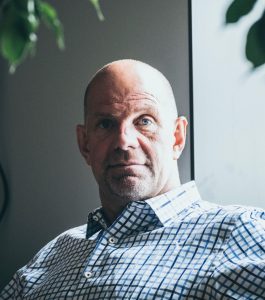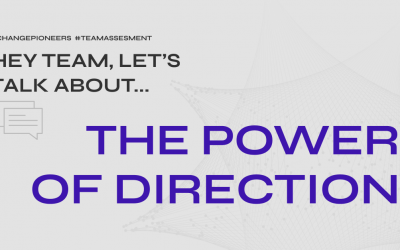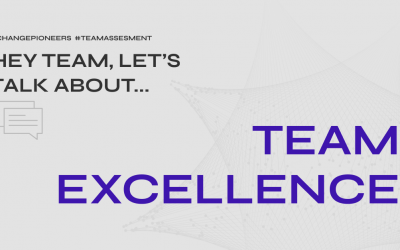by Andreas Müller – Head of Change Pioneers USA
More and more companies are realizing that high performing executive teams are the backbones of any successful company. A cohesive management team is one of the last untapped resources and potential for many organizations.

Andreas Müller
These teams share the commitment to self-awareness, solid relationships and accountability which form the basis for deep trust and great results. Like organizational culture, team mindset drives team relationships, decisions and problem solving.
Teams struggle to resolve conflicts effectively and as a result, conflicts get swept under the rug or become toxic over time. Management teams need to engage in conflicts around ideas. When there is trust, team members can engage in constructive debates of ideas.
Let me try to set a new – constructive – frame for conflict in executive teams:
What does a successful team and a successful movie have in common?
Please think about the last 2-3 movies you just watched and enjoyed a lot. A good movie needs an intriguing situation or ordeal, and it doesn’t matter if it is a love story or an action movie. The most common ordeal is some sort of battle or confrontation with the opposing force. No matter how alien the villain’s values, in some way they are the reflection of other perspectives one can have looking at the situation. Through the battle or inner conflict unrecognized or rejected information are acknowledged and made conscious to the hero. I am sure, you will look at the word “conflict’ now in a totally different way.
Conflicts are an essential component for a great movie. The same thing is true for successful teams.
If we TRUST one another, it takes the FEAR out of conflicts! How to do that?:
- When we look at the conflict continuum with the left point as “artificial harmony” and the right point as “personal attacks”, the ideal conflict pint is in the middle.
- Personal attacks are very destructive. The artificial harmony is the result of the fear of conflicts.
Why should you create such a culture where the pint is seen in the middle? Because good conflict makes teams stronger. It is a necessity, and it provides a sustainable foundation for future growth. You have to embrace conflict to make the best possible decisions. The conflict becomes the pursuit of truth for the best common answers. The constructive conflict is the basis for commitment and leads to accountability and results.
Conflict is the pursuit of truth for the best common answer
I have been part of many monthly or quarterly business reviews and board meetings. The agenda is always the same form months to months or quarter to quarter. Sometimes there are some topics added at the end. It is a PowerPoint battle and the only person questioning or even challenging the presenter is the CEO or chairman. Most of the executive members don’t want to challenge their team members and are happy, that they are not in the “hot’ seat.
As an example: A global manufacturing company in the USA had a monthly business review at the headquarter every 3. Thursday of the month and all the functional leaders plus the commercial leaders met with the CEO and CFO. The 2 days prior to this meeting the headquarters was very busy with individual meetings of the leaders to make sure everyone is on the same page, so no real discussion would take place during the meeting. Each monthly meeting was one PowerPoint presentation after the other and the CEO got the impression that everything is under control and that the team works together as desired. A perfect example of artificial harmony. CEO started to wonder why most of the IT projects were always delayed by many months. In addition, he got upset, that budgets and deadlines were never really met.
If people don’t weigh in on a decision, they aren’t going to buy in. The only way to have commitment is to engage in conflict. There was no commitment within this executive team and everyone was working in their silo.
CEO tried to correct the course by replacing people, because he thought it was and is an individual performance or commitment issue. After he replaced 50% of his executive team with no real sustainable performance improvement, the board removed him.
People need to weigh in
Organizations must go beyond looking at individual performance and development. They must look at team performance and start developing their management teams. In addition, the managers have to understand, that the most important team is the team they are a part of. Most managers see the team, they are managing as the most important team. This thinking leads to silos.
There are multiple ways and tools available to assess your team’s functioning including areas of strength and improvement. Learn more at our event about the Change Pioneers way to Team Excellence.
_________
Andreas is the former Global CEO of nora systems (former Freudenberg Building Systems), USA Largest rubber flooring manufacturer with 1100 employees and sales of app. $300 million worldwide. Previous to that he was market segment manager Healthcare and HR manager within the Freudenberg Group. Overall Andreas has 20 years of executive experience as a global CEO and chief customer officer, certified change manager and experienced coach.



